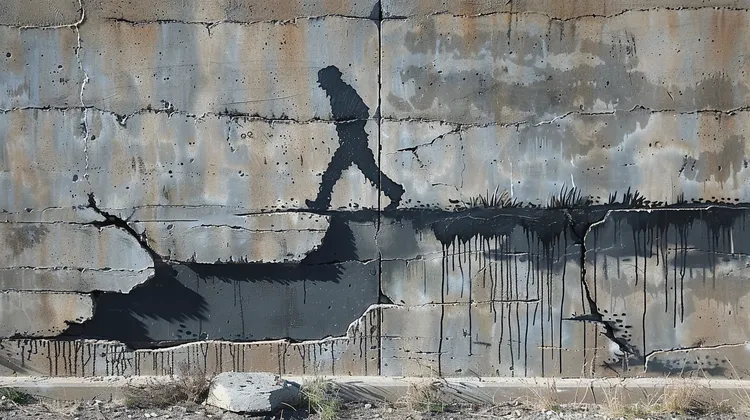
Bitcoin Mining Difficulty Hits 80 Trillion in Halving Build-up
The difficulty of mining Bitcoin, which indicates the level of difficulty in solving the mathematical problem associated with a block, reached 80 trillion on February 16th. The total computational power of miners, known as the hash rate, also reached a record of 562.81 exahashes per second (EH/s). This increase in difficulty and hash rate is expected to continue, with the mining difficulty projected to reach 100 trillion in the coming months.
In the proof-of-work system used by Bitcoin, the mining difficulty measures how difficult it is to add a new block to the blockchain. A higher difficulty means that miners need more computational power and energy to find the correct hash. Over the past year, the difficulty level of Bitcoin has more than doubled. On February 15th, the mining difficulty was set to increase by approximately 6%, which would bring it to new all-time highs and over 80 trillion for the first time.
On February 16th, the price of Bitcoin remained stable at $52,000 as the latest macro data from the United States exceeded expectations. The upcoming “Bitcoin Halving” will see the mining rewards for Bitcoin cut in half, reducing the reward from 6.25 BTC to 3.125 BTC. This reduction is designed to combat inflation and is built into the structure of Bitcoin, occurring roughly every four years. The last halving occurred in May 2020. This reduction in rewards may lead to a decrease in the hash rate as less efficient miners struggle to cover their costs and exit the market.
A lower hash rate is likely to result in a decrease in Bitcoin mining difficulty as the network aims to maintain a steady block production rate of one block every 10 minutes. According to mining analysts, approximately 20% of Bitcoin’s current hash rate could go offline after the halving, leaving only the most efficient mining rigs operating. This could have implications for the overall stability and security of the Bitcoin network.
The mining difficulty of Bitcoin has been steadily increasing and is expected to reach new highs in the coming months. The upcoming halving will further impact the mining landscape, potentially leading to a decrease in hash rate and an adjustment in mining difficulty. The long-term effects of these changes remain to be seen.
5 thoughts on “Bitcoin Mining Difficulty Hits 80 Trillion in Halving Build-up”
Leave a Reply
You must be logged in to post a comment.
The constant increase in mining difficulty is turning Bitcoin mining into a centralized industry. It’s not what crypto is all about!
It’s incredible how the proof-of-work system has transformed the mining process. Bitcoin continues to evolve, attracting more enthusiasts to get involved in this fascinating industry.
A decrease in the hash rate could have potential implications for the stability and security of Bitcoin. It’s crucial to maintain a balance to ensure the network’s integrity. 🤝🔒
Despite the increasing difficulty, the stability of Bitcoin’s price is remarkable. It shows the resilience of the market and the confidence people have in this digital asset.
The mining difficulty reaching 100 trillion is going to make it nearly impossible to mine Bitcoin profitably. It’s discouraging.